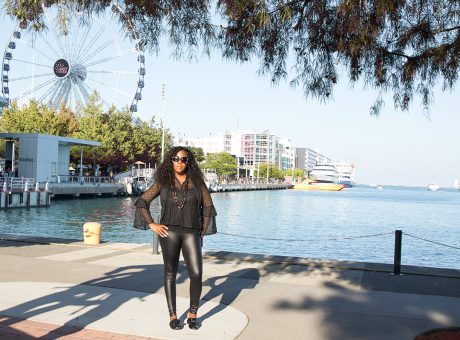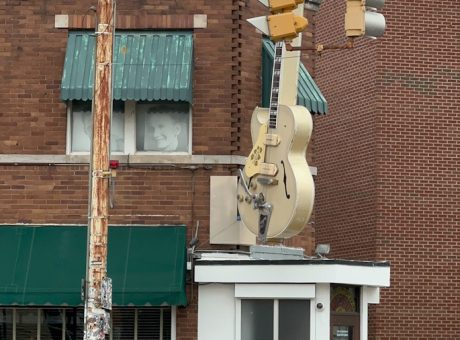
MANTENGA NATURE RESERVE, LOBAMBA, ESWATINI: VISITING MANTENGA CULTURAL VILLAGE & THE WATERFALL
One of the most rewarding and memorable experiences one can create when in Eswatini (what Swaziland is now called) is spending time with Eswatini people to understand their culture. At Mantenga Nature Reserve in Lobamba, Swazi dancing traditions are showcased at the Cultural Village that is surrounded by a forest harboring the famous Mantenga Falls.
SWAZI CULTURAL DANCE
Swazi culture is best known for rich dancing traditions, with women wearing colorful clothing and men wearing traditional skirts made of feathers, fur, and other materials. Songs and dancing are part of almost every event—weddings and other family ceremonies. The most common dance is sibhaca, where dancers are barefoot and in their colorful attires.

This tradition is fully appreciated when naturally witnessed in the real villages where different tribes live. But for those who are not able to venture further from the touristic areas, the village cultural tours are good and educational—the sibhaca cultural dances and beehive village huts at Mantenga Cultural Village are very well showcased.

In the 19th century, when King Mswati II became king of Swaziland, he allowed the British to enter the country to assist in the king’s quest to stop Zulu raids. Swaziland became independent from Britain in 1881; in 1968 it broke away from British colonialism. At Mantenga Cultural Village, the history of the life of Swazi people leading to their independence from Britain is detailed.
Related Content: Mlilwane Wildlife Sanctuary, Eswatini; Eswatini Travel Guide
TRADITIONAL HOUSES IN ESWATINI: NGUNI BEEHIVE HUTS
These grass huts with round frames that look like a dome are called Nguni Beehive Huts. They are traditional houses for people in Eswatini. Typically, a Swazi village has homesteads with grass huts arranged like a circle, with tall grass or thorn bush branches used to create a fence. This arrangement is similar to a sibaya, a fenced cattle pen with a center that is unroofed. The indlunkulu (great hut) is a family shrine that is dedicated to the ancestors.
Another form of traditional habitat is the Sotho Hut—a pointed roof hut with mud walls.

STAY IN A NGUNI BEEHIVE HUT WHEN IN ESWATINI
When in Eswatini, you can stay in a hotel that mimics traditional houses—commonly Nguni Beehives. Despite these huts being holiday accommodation, the experience is beautiful and unique. At Mlilwane Wildlife Sanctuary, there is a Nguni Beehive Village with huts that one can rent during their stay in this part of Eswatini.

WATERFALLS AT MANTENGA NATURE RESERVE
Mantenga Falls are inside the Mantenga Nature Reserve, all the way to the top of Nyonyane Mountain. By volume, the Falls are the largest in Eswatini. Below the Falls is Lushushwane River, that is beautiful to watch while picnicking at the bottom of the waterfalls.
Wildlife that is found in the forest area include nyalas, baboons, monkeys, and bushpigs. Visitors to the reserve can hike up the mountain and take in the beauty of the surroundings.

ENTRANCE TO SEE FALLS & CULTURAL DANCE
There is a small fee paid at the gate of Mantenga Nature Reserve and this will cover the Falls, Cultural Village, and traditional Swazi dances. After the dances, there is a guided tour of the village, but other people choose to self-guide. The reserve is located in Lobamba.
In between activities, visitors enjoy drinks and food at the Swazi River Café located right next to where the dancers perform. For people wanting to spend the night at the reserve, there is a lodge on location.
More information on Mantenga Nature Reserve is found on the Eswatini Tourism Official website.



